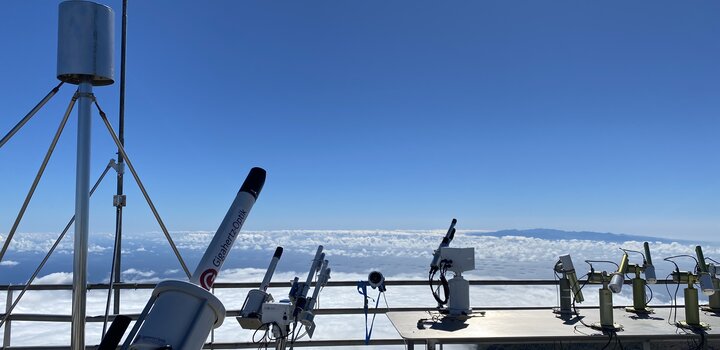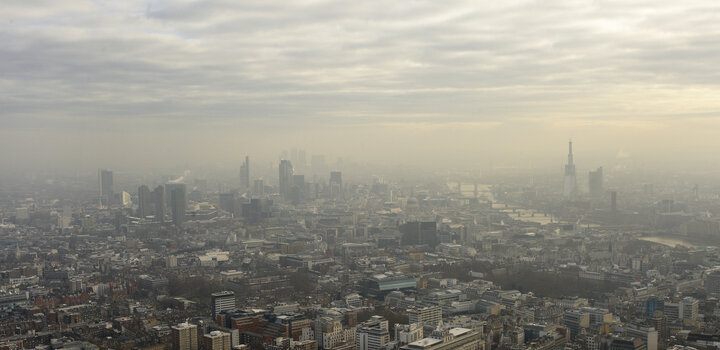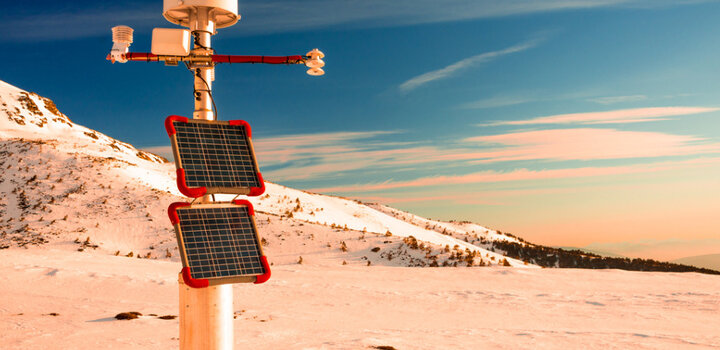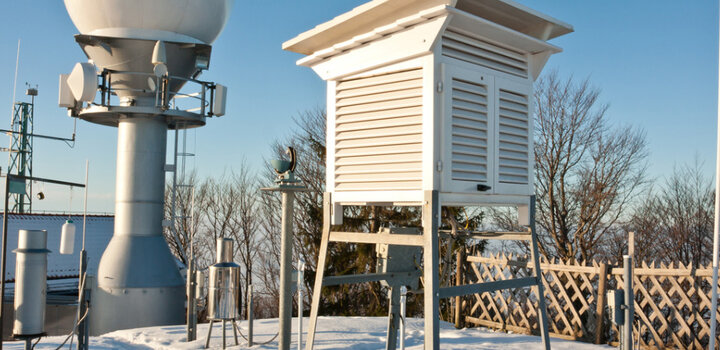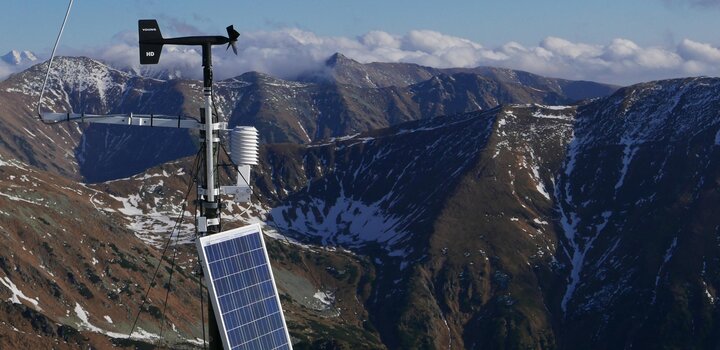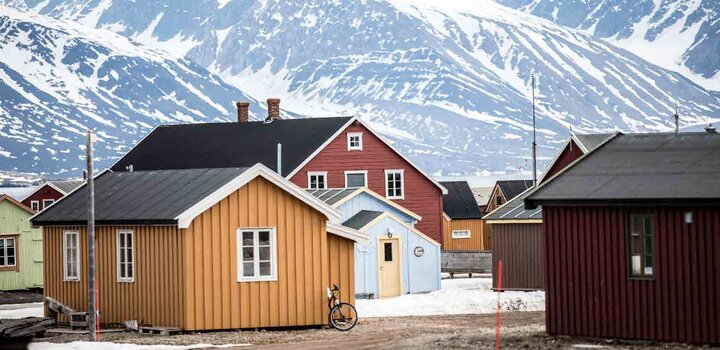Atmosphere
The rise in atmospheric greenhouse gases is the primary driver of climate change. Closely monitoring the chemical composition and physical properties of the atmosphere is therefore critical to understanding climate change. However, the broad variety of monitoring methods often makes it difficult to identify global climate trends due to noncomparable datasets.
Our atmosphere section covers the metrological contribution to support in situ observations of the Global Climate Observing System Atmospheric Essential Climate Variables (ECVs).
The observations include measurements of the atmospheric composition (e.g. greenhouse gas, ozone and aerosol observations) and physical properties of surface and upper-air atmosphere (e.g. temperature, pressure, water vapour and wind speed and direction observations). This metrological contribution − through traceable reference standards − aims to ensure accurate, stable and coherent observation datasets. As a result, we expect worldwide comparable data to become available, facilitating the identification of long-term climate trends and, in turn, the implementation of effective mitigation strategies for those trends.
Case Studies
Examples of measurement science for atmosphere can be found in the selected case studies below:
